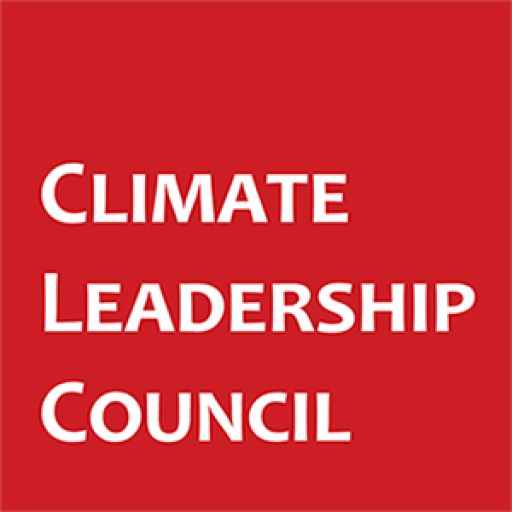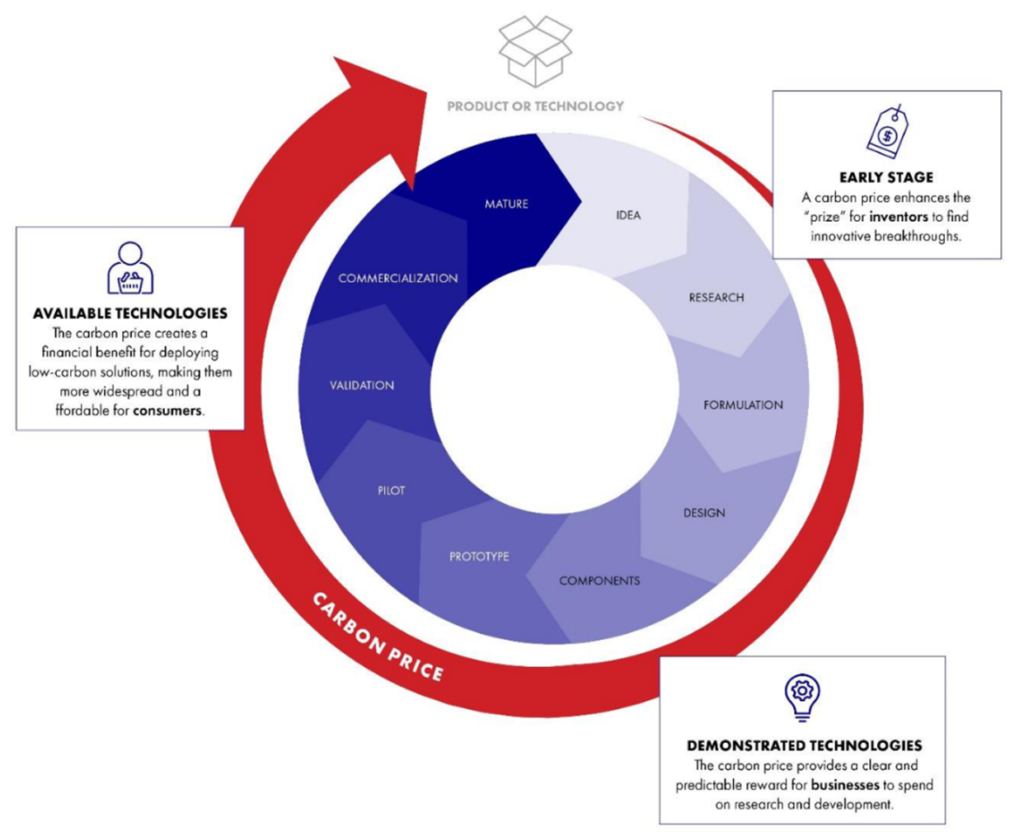It’s widely accepted that decarbonizing the global economy will be essential for stopping many of the detrimental effects associated with global warming, but so far, action isn’t rising to meet intent. Estimates suggest that most countries are falling short of their stated climate targets. Take a look at clean technology options and you’ll start to see one of the reasons why: technologies that haven’t been invented yet or are not widely available are expected to account for almost half of the global emissions reduction needed to tackle climate change.
This is not to say that enormous technological advancements haven’t already been made, but our current pace and scope of global deployment will not be enough to meet even modest emissions reduction targets. Tackling climate will necessitate the widespread adoption of carbon efficient technologies throughout the global economy. This requires not only an expansion of preexisting technologies like wind, solar, and geothermal, but also the invention of new technologies.
Enter the economy-wide carbon price.
To get undiscovered climate solutions into research, development, and eventual mass commercialization, there must be a significant pull to innovate. A carbon price presents an opportunity to significantly accelerate the innovation and deployment required to respond to climate at the required scale and speed. It would provide a financial incentive to drive clean energy concepts all the way through the invention-deployment continuum from ideas to widely available commercialized products.
To date, the U.S. response has focused on subsidies and regulations, which inadvertently created silos that rewarded certain technologies at the expense of others. In contrast, an economy-wide carbon price would be much more flexible, promoting all forms of solutions that reduce emissions. A persistent market signal of this form would reward advancements at every stage of the invention-deployment continuum. This would help enhance existing clean technologies and accelerate the discovery of new climate solutions.
By offering a clear monetary value for decarbonization, a carbon price would steer the entire market toward low-carbon choices. Unlike other policy approaches that target specific stages along the invention-deployment continuum, a price on carbon continuously incentivizes further advancements across all stages. Its persistent nature also provides certainty for private sector actors making investments, considerably reducing the time it takes to implement new ideas.
Previous Council research determined that an economy-wide price on carbon can unlock $1.4 trillion in new capital deployment by 2035. This revenue can be used to support dividend payments to households, ensuring that most American households are financially better off under a carbon price than without one. And by pairing a domestic price with a border carbon adjustment, the U.S. could leverage its carbon advantage and compel other countries to cut their emissions.
A price on carbon is an effective and comprehensive policy tool that offers clear benefits over policies that focus on specific technologies or stages along the invention-deployment continuum. By steering the entire market toward decarbonization and providing predictable returns for investors, a carbon price can incentivize continued innovation while accelerating the deployment of clean energy technologies across the global economy.
Learn more about the impact carbon pricing can have upon innovation and deployment in the Council’s latest white paper, Unlocking Net Zero Emissions: Accelerating Innovation Deployment through Carbon Pricing.

